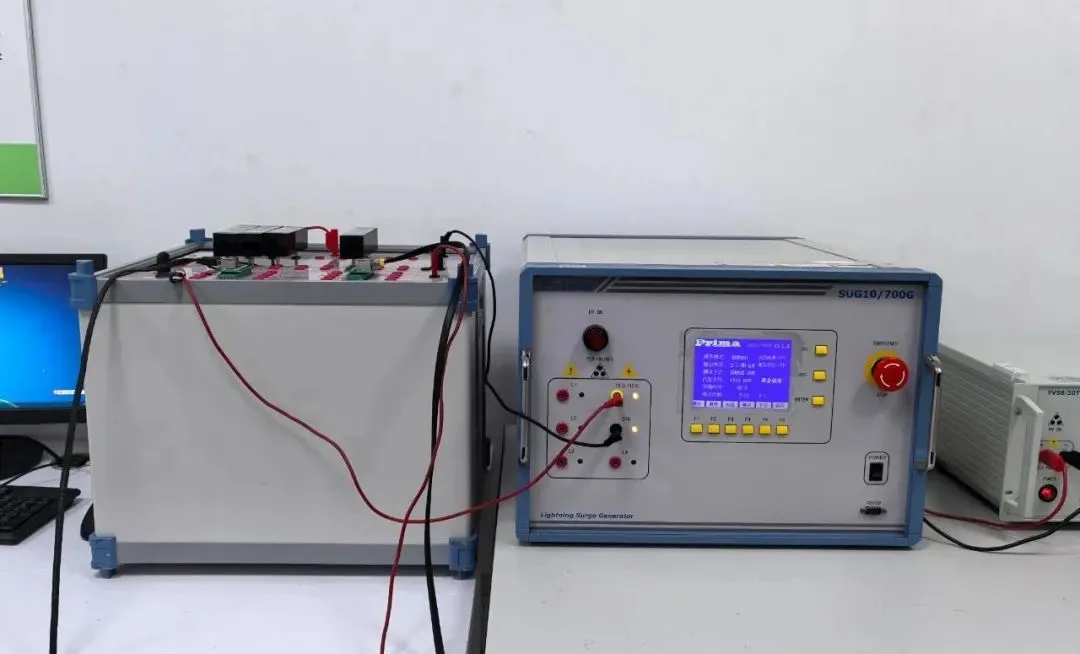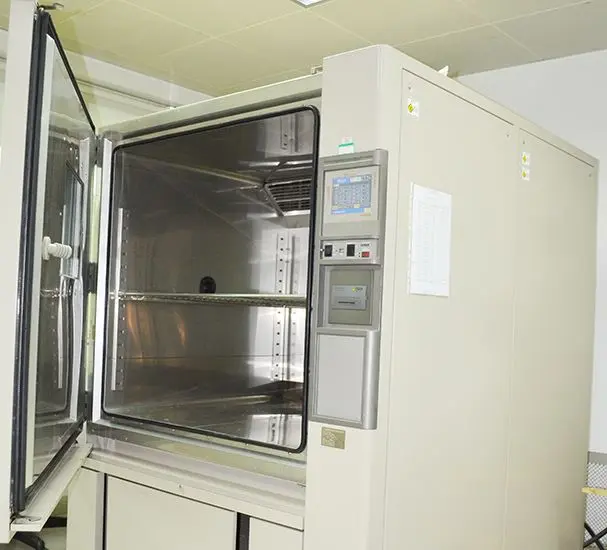
What is a Battery MSDS Certificate?
MSDSstands for Material Safety Data Sheet. Internationally, it is also referRED to as a CheMICal Safety Information Card. It is a document used by chemical manufacturers and importers to outline the physical and chemical properties of substances (such as pH value, flash point, flammability, reactivity, etc.) as well as the potential health hazards they may pose to users (such as carcinogenicity, teratogenicity, etc.).

The MSDS is a comprehensive legal document that chemical manufacturers or vendors are required by law to provide to customers, detailing the characteristics of chemical substances. To ensure the report is accurate and standardized, it is recommended to have it prepared by a professional agency.
Contents of an MSDS
An MSDS consists of 16 essential sections, all of which are required. Before submitting materials, you may check whether the following information is complete:
1. Product and Company Identification
2. Composition/Information on Ingredients
3. Hazards Identification
4. First Aid Measures
5. Fire-Fighting Measures
6. Accidental Release Measures
7. Handling and Storage
8. Exposure Controls/Personal Protection
9. Physical and Chemical Properties
10. Stability and Reactivity
11. Toxicological Information
12. Ecological Information
13. Disposal Considerations
14. Transport Information
15. RegULatory Information
16. Other Information
Documents Required to Apply for an MSDS
1. Applicant or company name, address, contact person, phone, fax, email
2. Product name, model, characteristics, final usage, destination/export country
3. Names and percentages of chemical components (CAS No.)
4. Physical properties of the product
Products that commonly require an MSDS include batteries and various chemical goods. Besides identifying whether a product is classified as hazardous, the MSDS can also confirm specific stowage requirements for special cargo.
MSDS Review Requirements
When reviewing an MSDS, the following basic elements are generally required:
1. The MSDS is valid for 3 yearsfrom the issue date.
2. All 16 sections must be completed in detail, except for "Other Information".
3. Sections 2 and 3 must account for 100%of the product composition.
4. If Section 14 contains a UN Numberand a Class, it indicates a hazardous product.
5. The manufacturer listed on the MSDS must matchthe one on the transportation appraisal report. If not, the relationship between the two must be explained.
Uses of the MSDS Report
Domestically (China):
For air and sea export shipments, different airlines and shipping companies have different requirements. Some allow transportation based solely on the information in the MSDS, while others require compliance with IMDG(International Maritime Dangerous Goods) or IATA(International Air Transport Association) regulations. In such cases, a transport identification reportis also needed in addition to the MSDS.
Internationally:
When goods are shipped from foreign countries to China, the MSDS is used to assess whether the product qualifies for international transport. It helps determine whether the imported product is classified as hazardous and can also serve as a customs clearance document.
In global logistics and shipping, the MSDS acts like a passportfor products. It is essential in many countries' import/export procedures.
No matter the country—whether for domestic or international trade—the seller must provide legally required product documentation. Since chemical regulations differ between countries and even between U.S. states (and often change monthly), it is strongly advised to have an MSDS prepared by a qualified professional agency. Providing an incorrect or incomplete MSDS may lead to legal consequences.
Email:hello@jjrlab.com
Write your message here and send it to us
 Electric Toy EN 62115 & EN 71 Testing
Electric Toy EN 62115 & EN 71 Testing
 What are ASTM F963 and CPSIA?
What are ASTM F963 and CPSIA?
 Comparison of ASTM F963 and EN 71
Comparison of ASTM F963 and EN 71
 How to get CSA C22.2 NO.256:14 Test Report?
How to get CSA C22.2 NO.256:14 Test Report?
 How much is the ISTA Amazon Packaging & Shippi
How much is the ISTA Amazon Packaging & Shippi
 Amazon Product Laboratory Testing Requirements
Amazon Product Laboratory Testing Requirements
 How to Get EPA Certificatio
How to Get EPA Certificatio
 What is EPA Certification in the United States?
What is EPA Certification in the United States?
Leave us a message
24-hour online customer service at any time to respond, so that you worry!




